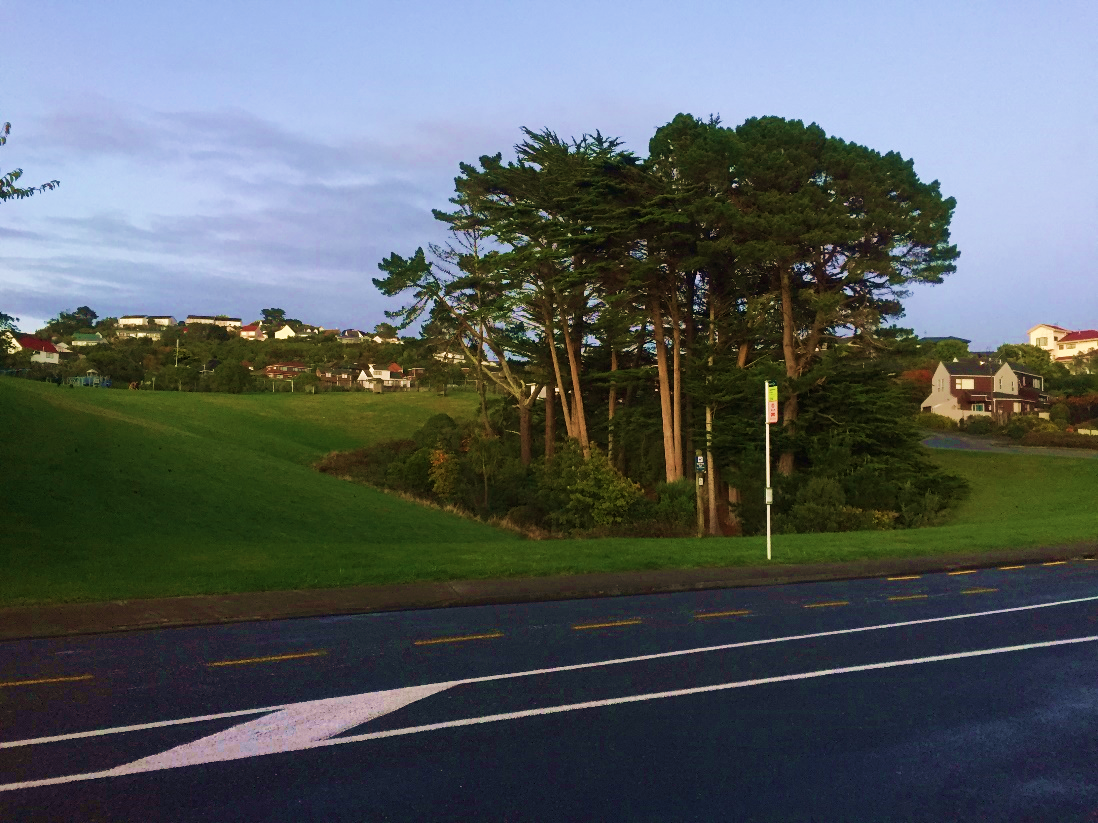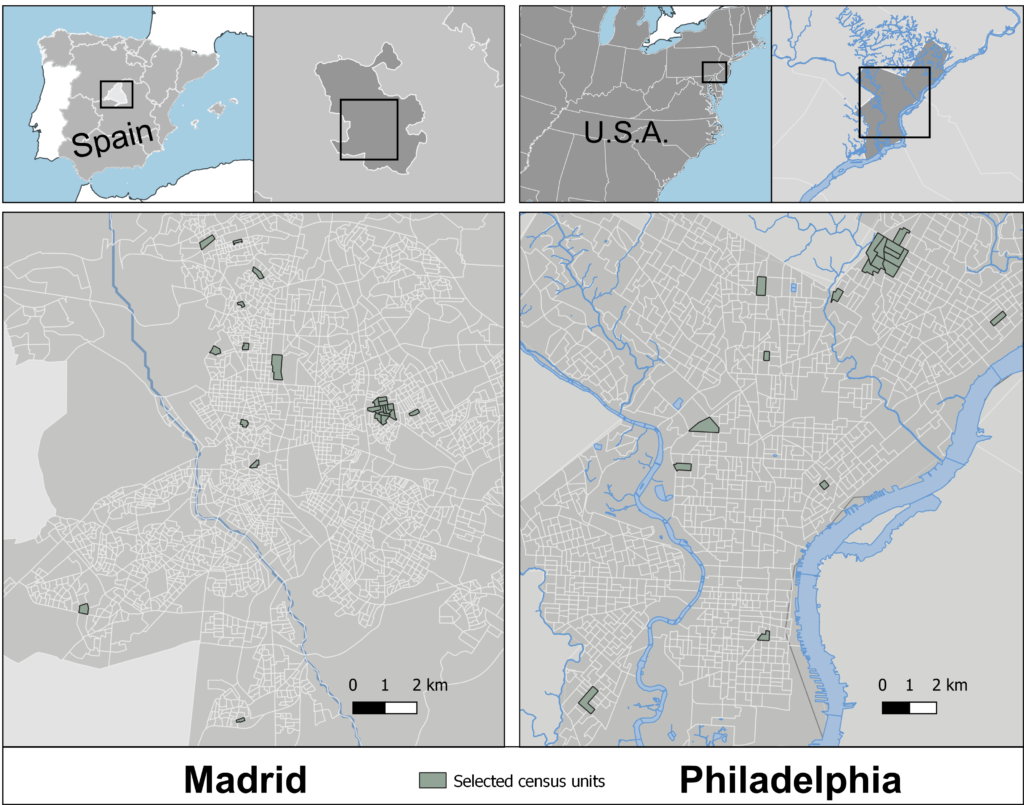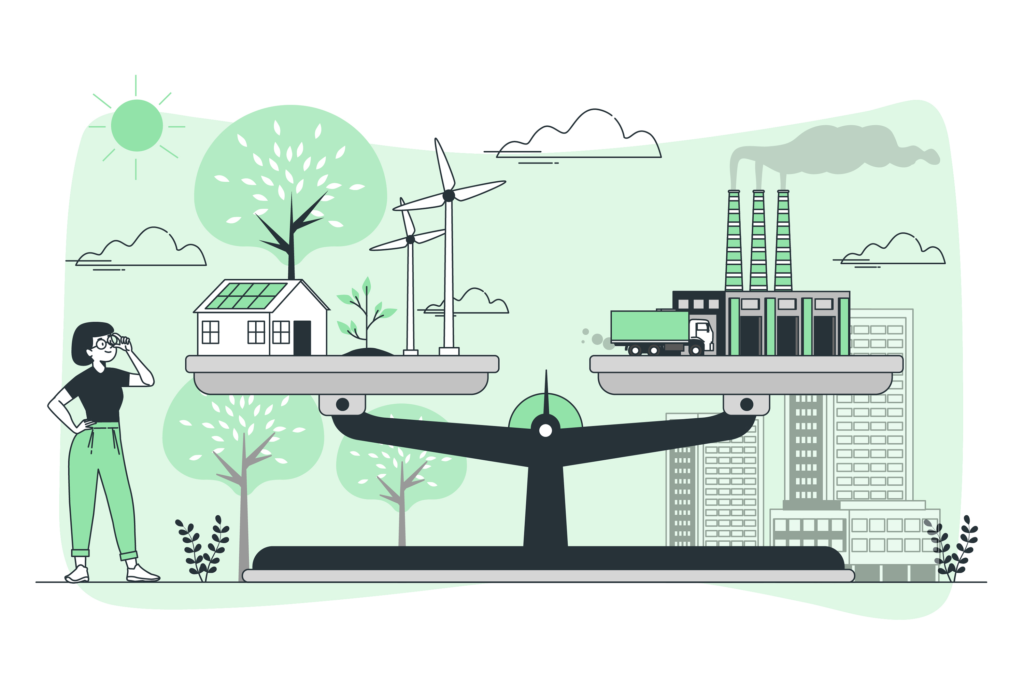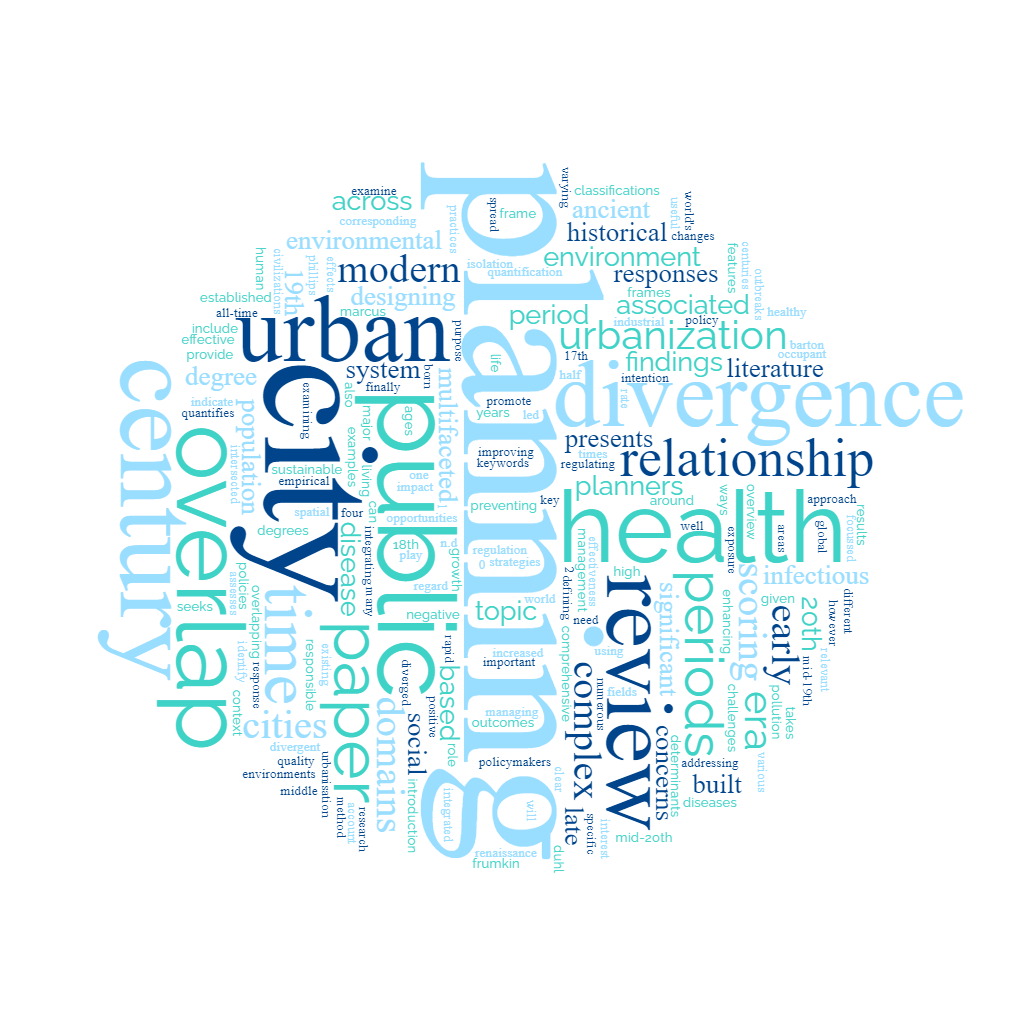City Know-hows

Implementing community participation in the planning of public open spaces is one of the most useful and effective means to encourage a higher sense of community.
Share
Target audience
Landscape architects, designers and planners focusing on communities which have different ethnic groups
The problem
The influence of migration, globalisation, and cultural diversity in the context of Aotearoa New Zealand are presenting challenges for the creation of public open spaces, as well as the level of sense of community. Exploring whether people from different ethnic groups can be fully integrated into the participatory planning processes is critical. However, there are insufficient studies about the relationship between public open spaces and sense of community towards whether or not participation with ethnicity.
What we did and why
Through a quantitative approach of online survey, we utilise the Sense of Community Index as a framework for assessing the extent to which participatory planning nurtures a sense of community among the diverse ethnic groups. By investigating this aspect, we aim to understand whether community engagement can contribute to the creation of culturally diverse environment. The findings provide insights for promoting inclusivity in public open spaces while addressing the challenges posed by migration and globalisation.
Our study’s contribution
Our research suggests that community participation in the planning processes offer valuable opportunities for fostering a higher sense of community, and creating inclusive spaces that celebrate cultural diversity in Aotearoa New Zealand. The research findings provide statistical evidence on the sense of community in relation to ethnicity and have indicated that the people who took part in the community participatory planning process all have a higher sense of community than those who did not.
Impacts for city policy and practice
Our research contributes to a deeper understanding of the intersection between public open space planning, community participation, and cultural diversity. By engaging in, communities can contribute to the design and development of public open spaces that reflect their cultural values and aspirations, reinforcing sense of community. The future study is needed to explore and discover a series of community participation processes in relation to the targeting ethnic groups that could potentially be applied into practice.
Further information
Full research article:
Encouraging sense of community in Aotearoa New Zealand: exploring the role of community participation in public open space planning by Yiwen Cui, Morten Gjerde and Bruno Marques
Related posts

We compared cross-city differences in the walking environment in Madrid and Philadelphia as a case study

This study contributes to understanding the intersection of regenerative planning principles and legal frameworks. It identifies the extent to which Turkey’s urban planning legislation aligns with regenerative principles, highlights key gaps in the current system that restricts the integration of regenerative approaches and provides insights that can inform urban planning practices and legislative reforms globally.

This study sheds light on Indian planners’ perceptions of health integration in urban and regional planning, highlighting implementation obstacles as well as acknowledgement of the topic’s significance.